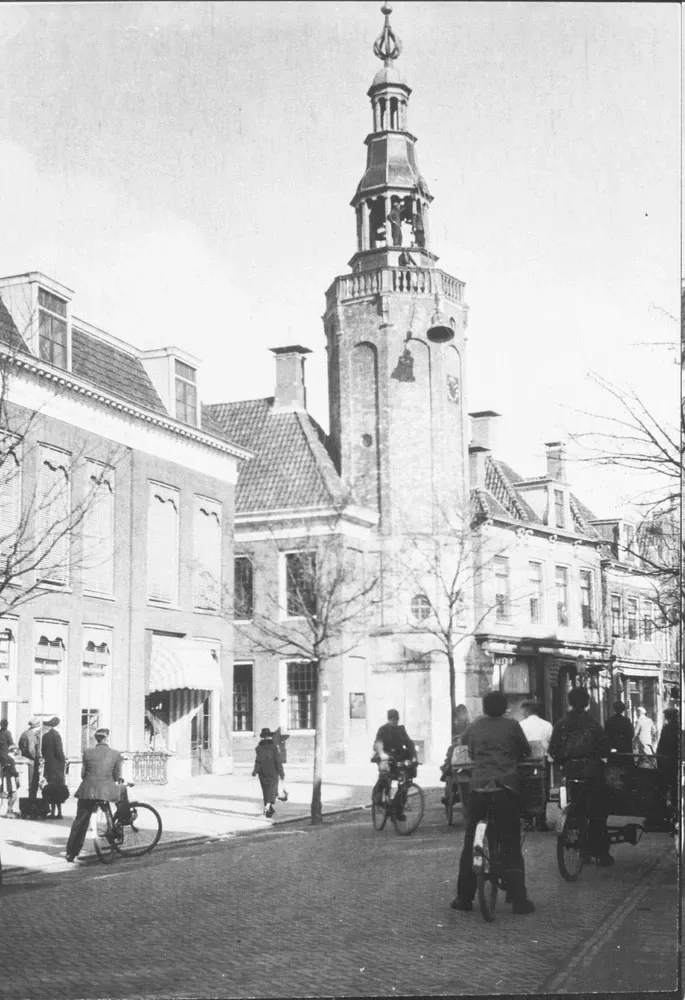Locations
49 to 72 of 5492 results
-
Tolbrugschans
Tolbrugschans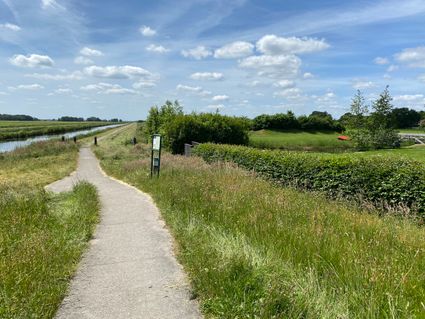 Oudehorne
Oudehorne
-
Vogelakker Holwerd
Vogelakker Holwerd Holwerd
Holwerd
-
Camping Alkenhaer
Camping Alkenhaer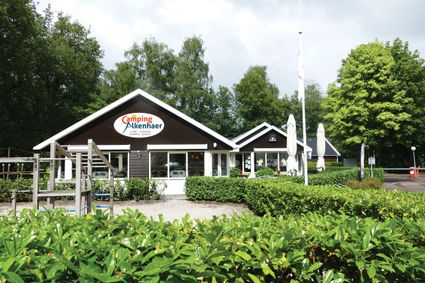 Appelscha
Appelscha
-
13. Voorstraat
13. Voorstraat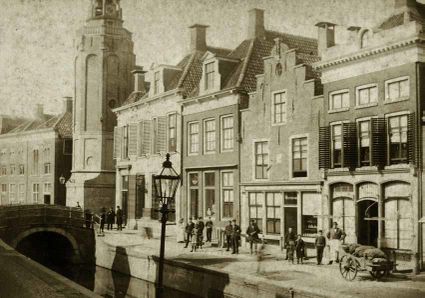 Harlingen
Harlingen
-
Camping it Krúswetter - Wylde Swan
Camping it Krúswetter - Wylde Swan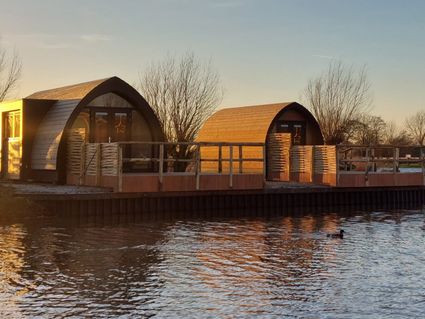 Easterlittens
Easterlittens
Direct boekbaar
-
The liberation of Friesland
The liberation of Friesland
By 18 April, the whole province of Friesland had been liberated, except for the Wadden Islands. Compared to other provinces, there was little fighting in Friesland. Overall, the few thousand German troops who had been unable to escape from Friesland were defeated by the Canadians relatively quickly.
The commander of the Royal Canadian Dragoons, Lieutenant Colonel Landell, praised the actions of the resistance by stating that "Friesland liberated herself". While that may be a bit of an exaggeration, the actions of the Frisian resistance undoubtedly accelerated the liberation. And reduced the number of casualties on the Allied side.
At least 31 resistance fighters lost their lives in confrontations with German troops and their Dutch accomplices. At least eleven Canadians and one Frenchman were killed on the Allied side. Dozens of civilian victims were also killed in the fighting and shelling. The number of casualties on the German side is not known, but it is believed that the number ran into hundreds. With 320 destroyed and 4000 damaged homes and 80 destroyed bridges, Friesland was materially the least damaged province of the Netherlands.
Many German soldiers fled towards the western part of the country. The retreating German troops gathered mostly in Harlingen, Makkum and Lemmer. From there, they tried to get away by boat across the IJsselmeer or via the Afsluitdijk to North Holland. The Wadden Islands also became a refuge for collaborators and German soldiers. Here, liberation was longer in coming.
On the island of Terschelling, the last German troops were disarmed by a British artillery regiment on 29 May. Two days later, the British crossed from Terschelling to Vlieland, and the liberation of that island was also a fact. Ameland was liberated on 3 June.
Personnel from the infamous Scholtenhuis, the SD headquarters in Groningen, had entrenched themselves on Schiermonnikoog. After their departure on 31 May, there was a celebration on the island, in spite of the six hundred members of the occupying troops who still were there. Only on 11 June did the last German soldiers leave Schiermonnikoog, and then the whole province of Friesland was free.
Most Canadian units that had liberated Friesland continued the battle in Groningen and North Germany after 18 April. Their war ended on 8 May 1945, when the surrender of all German armed forces became effective.
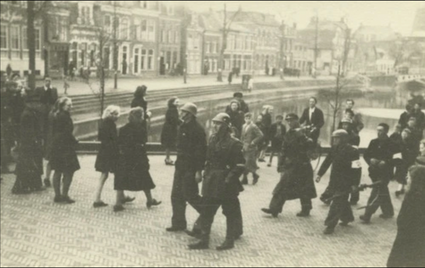 Eanjum
Eanjum
-
-
Sint Petruskerk Jistrum
Sint Petruskerk Jistrum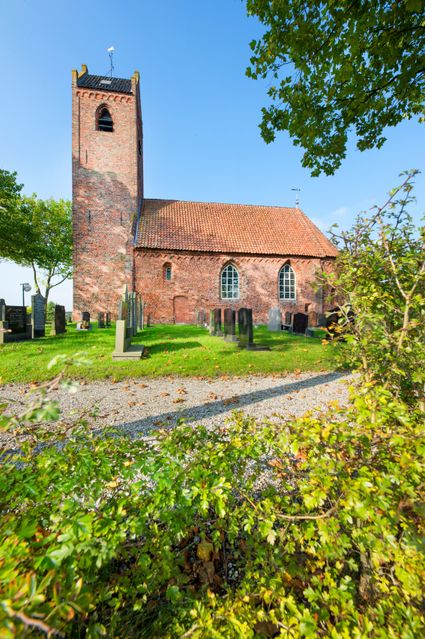 Jistrum
Jistrum
-
Streekmuseum / Oudheidskamer Lemster Fiifgea
Streekmuseum / Oudheidskamer Lemster Fiifgea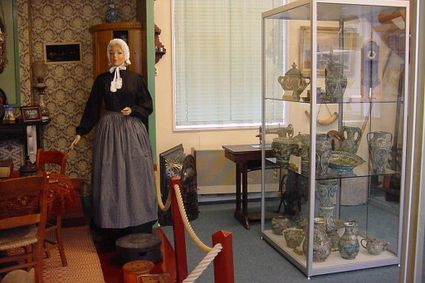 Lemmer
Lemmer
-
Magnus Vaandeldrager | Beeldenroute Olterterp
Magnus Vaandeldrager | Beeldenroute Olterterp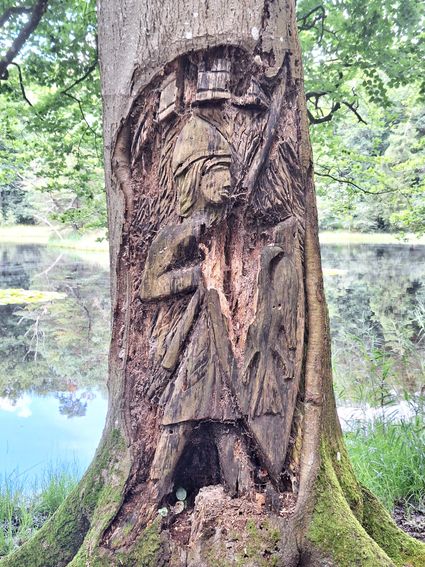 Olterterp
Olterterp
-
Zuiderhaven 2-4
Zuiderhaven 2-4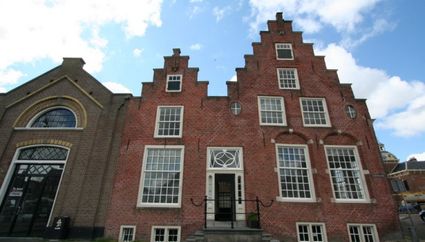 Harlingen
Harlingen
-
Sanzi Yacht Charter - Femke
Sanzi Yacht Charter - Femke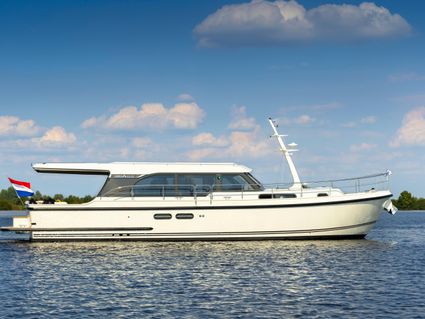 Sneek
Sneek
Direct boekbaar
-
Rasterhoffpark
Rasterhoffpark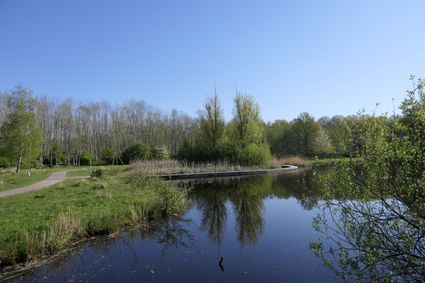 Sneek
Sneek
-
WestCord WTC Hotel - Junior Suite
WestCord WTC Hotel - Junior Suite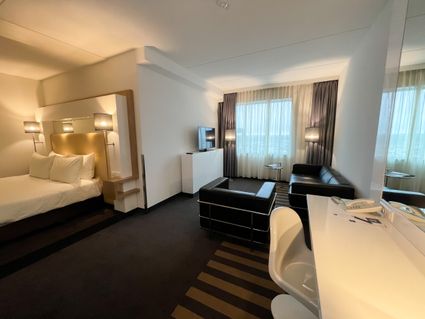 Leeuwarden
Leeuwarden
Direct boekbaar
-
Sint Willibrorduskerk
Sint Willibrorduskerk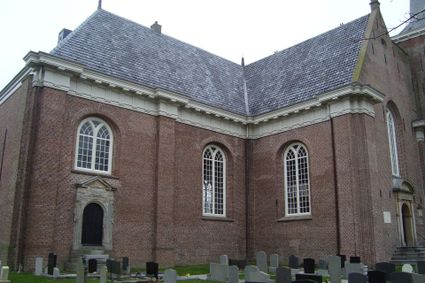 Holwerd
Holwerd
-
Klokken uit de Harlinger torens gestolen
Klokken uit de Harlinger torens gestolen
Tijdens de oorlog werden zijn er door de bezetter duizenden Nederlandse carillons en kerkklokken uit de torens gestolen. De meeste klokken werden omgesmolten en het metaal werd gebruikt in de Duitse oorlogsindustrie. De helft van alle gestolen klokken bleef gelukkig bewaard en kwam terug naar de torens in de dorpen en steden.
Vanaf het begin van de Duitse bezetting in 1940 mochten de klokken niet meer geluid worden.
In juni 1941 werd een bevel uitgevaardigd dat metalen voorwerpen zoals lood, koper en tin moesten worden ingeleverd, maar o.a. kerkklokken vielen daar toen niet onder. Omdat in de loop van de oorlog de metalen zeer schaars werden, werd die uitzondering in de herfst van 1942 ingetrokken. Op onttrekking stond een sanctie oplopend tot een gevangenisstraf van 5 jaar.In totaal zijn in Nederland 6700 klokken uit hun torens gehaald.
Op 11 maart 1943 werden de klokken uit de toen van de R.K. kerk gehaald. 12 maart volgden de klokken van de Raadhuistoren en op 12 april onderging de klok van de N.H. kerk hetzelfde lot.De klok van het vroegere kantongerechtsgebouw, in de Volksmond het “Havenmantsje”, was al eerder verdwenen toen het door de Duitsers bovenste stuk van de toren werd gesloopt.
Na de oorlog bleek dat niet alle klokken al waren omgesmolten. 150 klokken van allerlei formaat en uit heel Friesland werden op zondag 18 november 1945 weer aangevoerd in de haven van Harlingen. Maandags werd dit historische feit op plechtige wijze herdacht. En, zoals gebruikelijk, voerde een rij aan sprekers daarbij het woord.
De klok van het “Havenmantsje”, daterend uit 1562, is in 1947 in Frankrijk (!) aangetroffen en is nadien weer teruggeplaatst.
Uiteindelijk bleek dat alleen de klokken van de RK Kerk al waren omgesmolten. Voor dit verlies was een schadevergoeding per kilo vastgesteld en zo werd voor deze geroofde klokken een schadevergoeding van ƒ 3117,- betaald, vermeerderd met ƒ 590,90 rente, bij lange na niet genoeg om nieuwe klokken van te laten gieten.
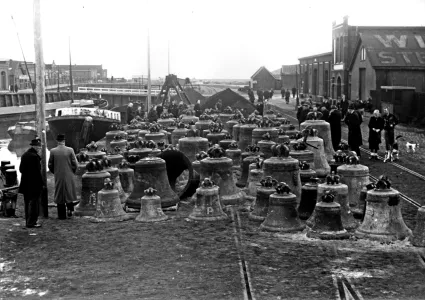 Harlingen
Harlingen
-
-
E-Chopper verhuur Bolsward
E-Chopper verhuur Bolsward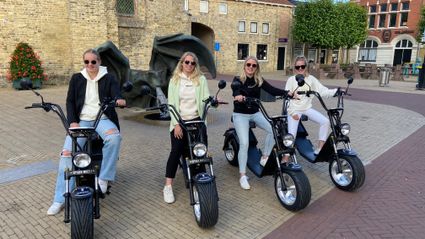 Bolsward
Bolsward
-
Kampeerboerderij De Boere zwaluw
Kampeerboerderij De Boere zwaluw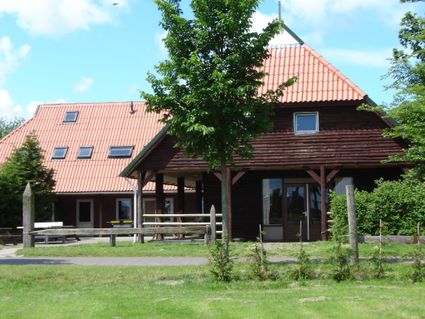 Buren
Buren
-
De Buorren Twa
De Buorren Twa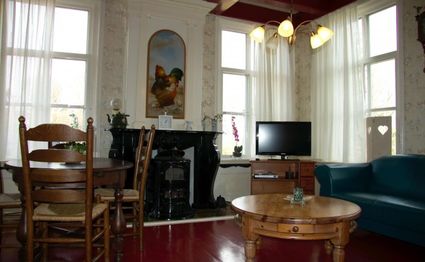 Paesens
Paesens
-
Veenwouden (Feanwâlden)
Veenwouden (Feanwâlden)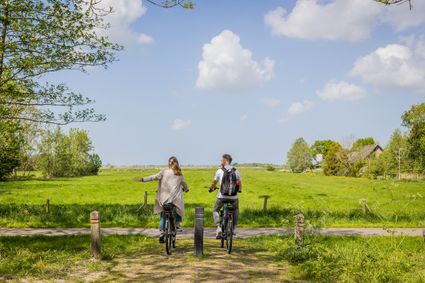 Feanwâlden
Feanwâlden
-
Pakhuis
Pakhuis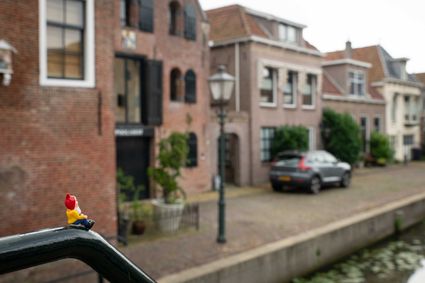 Franeker
Franeker
-
Tien ienie mini's
Tien ienie mini's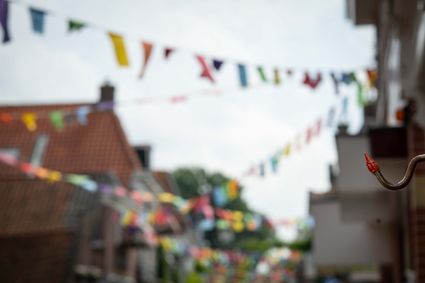 Franeker
Franeker
-
Rustpunt aan de Ee
Rustpunt aan de Ee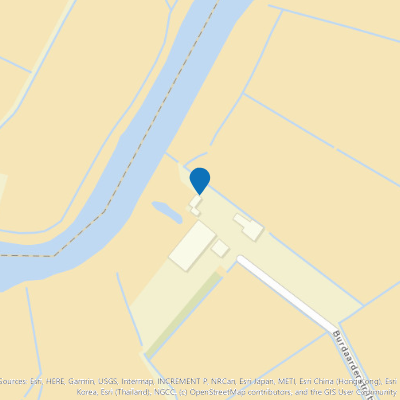 Sibrandahûs
Sibrandahûs
-
Nije Sylpream Romsicht
Nije Sylpream Romsicht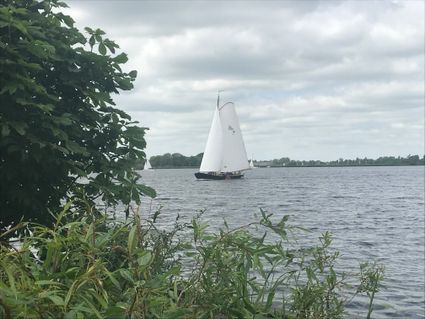 Koudum
Koudum
-
Openluchttheater De Koele en Bergfeesten
Openluchttheater De Koele en Bergfeesten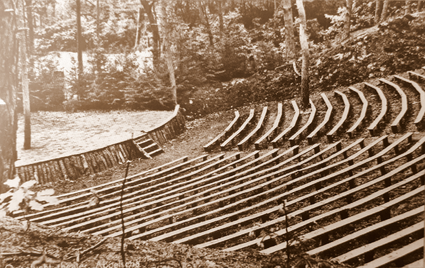 Appelscha
Appelscha


